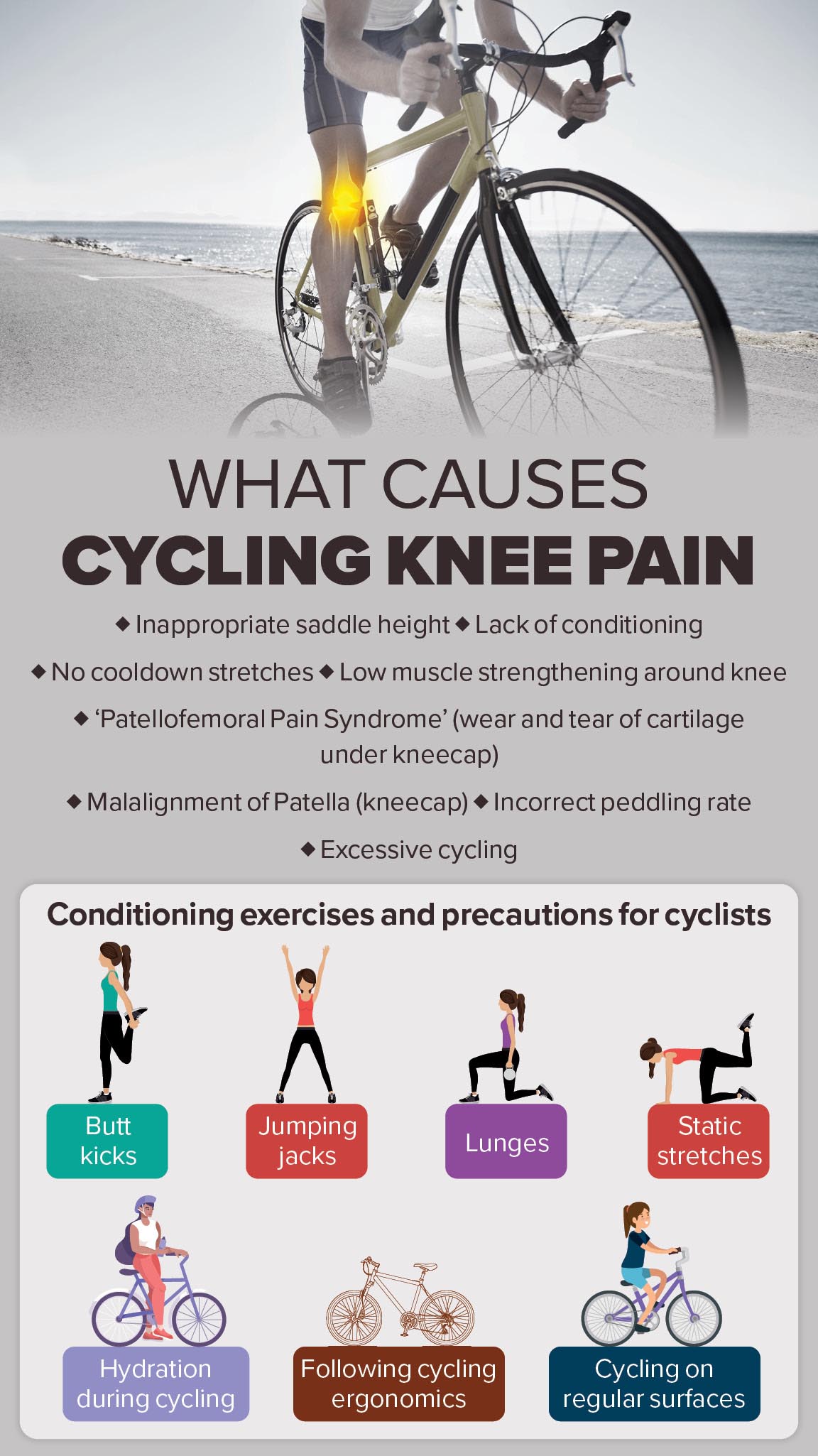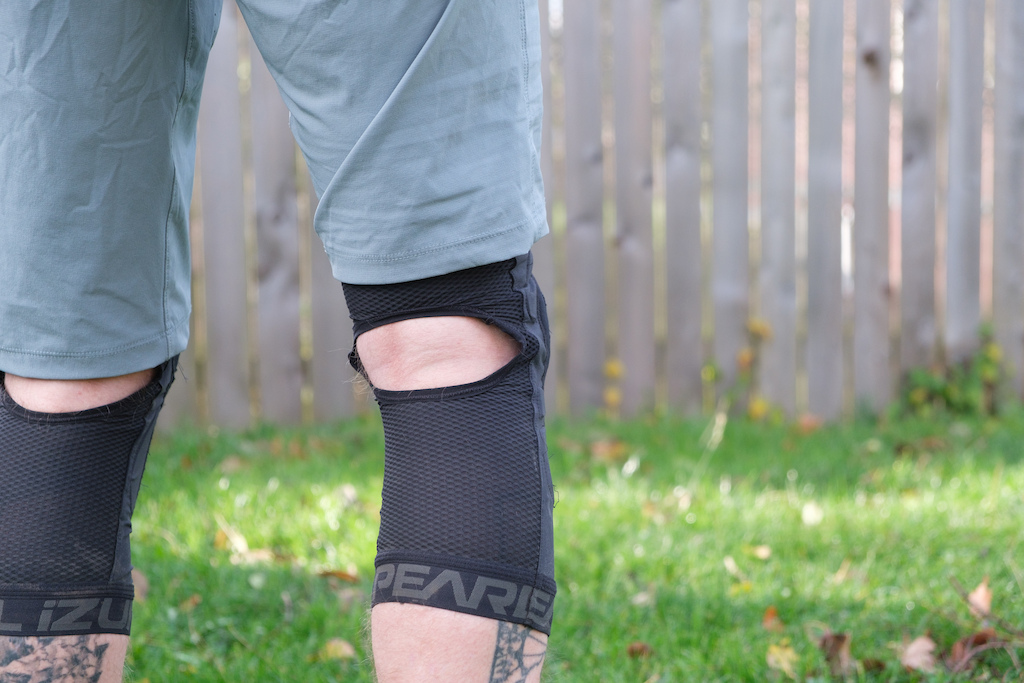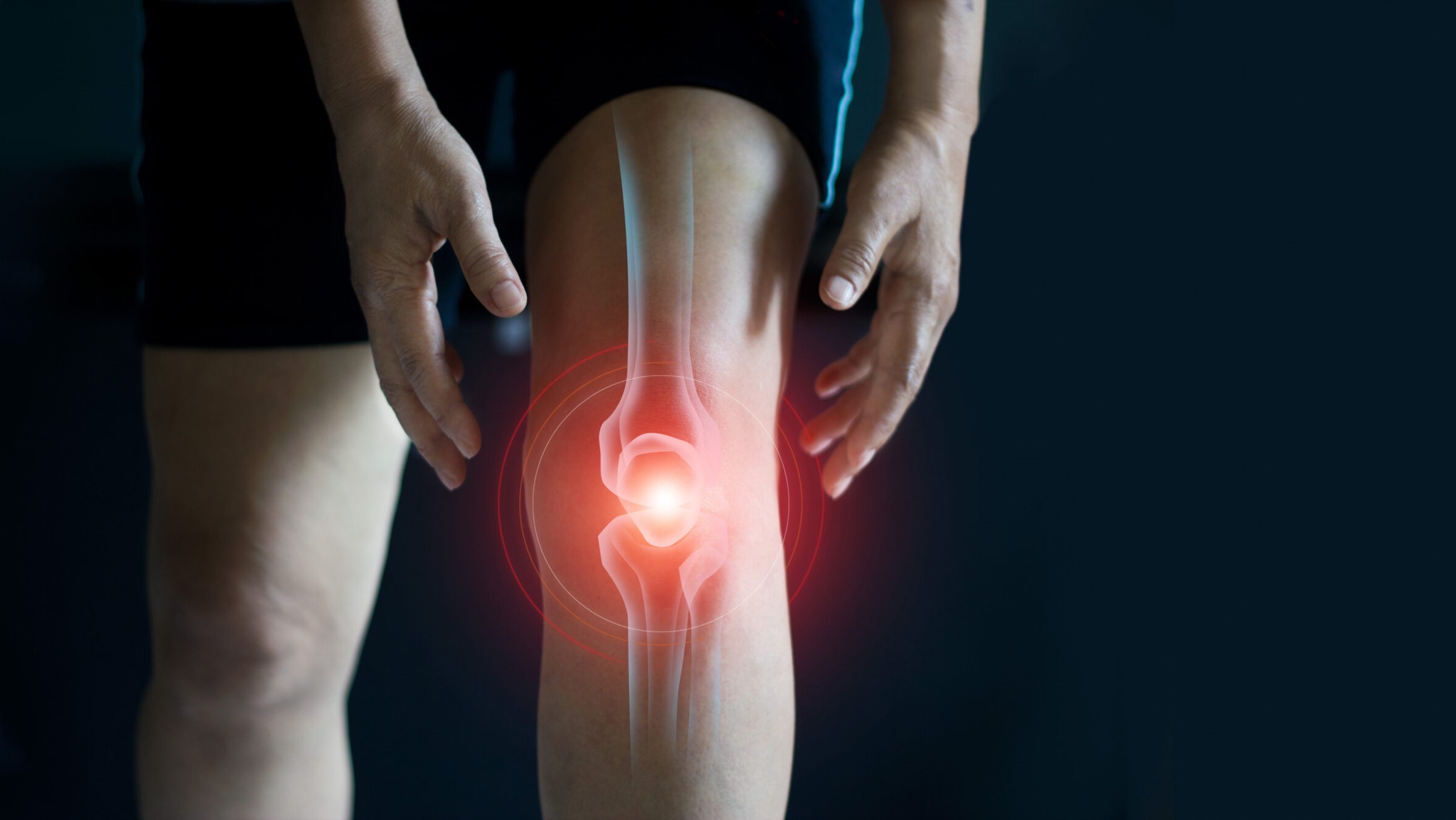Understanding the Causes of Knee Pain While Biking
Knee pain on bike is a common issue that affects many cyclists, regardless of their level of experience or fitness. It can be caused by a combination of factors, including poor bike fit, overuse, and biomechanical issues. When a cyclist’s bike is not properly fitted to their body, it can lead to poor pedaling technique, putting unnecessary stress on the knees. This can result in knee pain and discomfort, especially during long rides or when cycling uphill.
Overuse is another common cause of knee pain on bike. When cyclists ride too frequently or for too long without adequate rest and recovery, it can put excessive strain on the knees. This can lead to inflammation and irritation of the tendons and ligaments surrounding the knee joint, causing pain and stiffness.
Biomechanical issues, such as leg length discrepancies, foot pronation, and pedaling technique, can also contribute to knee pain on bike. For example, if a cyclist has a leg length discrepancy, it can cause them to pedal unevenly, putting more stress on one knee than the other. Similarly, foot pronation can cause the knee to track inward, leading to pain and discomfort.
Understanding the causes of knee pain on bike is essential to preventing and treating the issue. By identifying the underlying causes of knee pain, cyclists can take steps to address the problem and reduce their risk of injury. This may involve making adjustments to their bike fit, training, and equipment, as well as incorporating strengthening exercises and stretches into their routine.
How to Identify and Address Biomechanical Issues
Biomechanical issues are a common cause of knee pain on bike, and identifying and addressing these issues is crucial to preventing and treating knee pain. One way to identify biomechanical issues is to pay attention to any changes in pedaling technique or discomfort while cycling. For example, if a cyclist notices that their knee is tracking inward or outward while pedaling, it may indicate a biomechanical issue.
Leg length discrepancies are another common biomechanical issue that can contribute to knee pain on bike. This can be caused by a variety of factors, including anatomical differences or uneven pedal stroke. To address leg length discrepancies, cyclists can try using a pedal spacer or adjusting the cleat position on their pedals.
Foot pronation is another biomechanical issue that can contribute to knee pain on bike. This occurs when the foot rolls inward while pedaling, causing the knee to track inward and putting stress on the knee joint. To address foot pronation, cyclists can try using orthotics or adjusting the position of their cleats.
Pedaling technique is also an important factor to consider when identifying and addressing biomechanical issues. Cyclists who pedal with an uneven or irregular stroke may be putting unnecessary stress on their knees. To address this, cyclists can try practicing a smooth and even pedaling technique, focusing on using their legs to power the pedals rather than their knees.
Adjusting bike fit can also help to address biomechanical issues and reduce knee pain on bike. This can include adjusting the saddle height, handlebar height, and cleat position to ensure that the cyclist is in a comfortable and efficient position on the bike. A professional bike fit can help to identify and address any biomechanical issues, and provide recommendations for adjustments to the bike fit.
The Importance of Proper Bike Fit
A proper bike fit is essential to preventing knee pain on bike. When a cyclist’s bike is not fitted to their body, it can lead to poor pedaling technique, putting unnecessary stress on the knees. A professional bike fit can help identify and address issues with saddle height, handlebar height, and cleat position, ensuring that the cyclist is in a comfortable and efficient position on the bike.
A professional bike fit typically involves a thorough assessment of the cyclist’s body and riding style. The fitter will take measurements of the cyclist’s leg length, arm length, and torso length, and use this information to adjust the bike to fit the cyclist’s body. This may involve adjusting the saddle height, handlebar height, and cleat position to ensure that the cyclist is in a neutral position on the bike.
A proper bike fit can help to reduce knee pain on bike by ensuring that the cyclist is not putting unnecessary stress on their knees. When the saddle height is too high or too low, it can cause the knee to track inward or outward, leading to pain and discomfort. Similarly, when the handlebar height is too high or too low, it can cause the cyclist to lean forward or backward, putting stress on the knees.
In addition to reducing knee pain, a proper bike fit can also improve overall cycling performance. When the cyclist is in a comfortable and efficient position on the bike, they are able to generate more power and speed. This is because the cyclist is able to maintain a consistent pedaling technique, without putting unnecessary stress on their knees.
While a professional bike fit is the best way to ensure a proper fit, there are also some simple adjustments that cyclists can make to their bike to reduce knee pain. For example, adjusting the cleat position to ensure that the foot is in a neutral position can help to reduce stress on the knees. Similarly, adjusting the saddle height to ensure that the leg is almost fully extended can help to reduce knee pain.
Strengthening Exercises to Prevent Knee Pain
Strengthening the muscles around the knee is essential to preventing knee pain on bike. The quadriceps, hamstrings, and hip flexors are the primary muscles responsible for knee movement and stability. Weakness in these muscles can lead to poor pedaling technique, putting unnecessary stress on the knees.
One of the most effective exercises for strengthening the quadriceps is the leg press. This exercise involves pushing a weight away from the body with the legs, which helps to strengthen the quadriceps and improve knee stability. Another effective exercise is the leg extension, which involves lifting a weight with the legs while seated.
The hamstrings are also an important muscle group to strengthen when it comes to preventing knee pain on bike. The hamstring muscles are responsible for flexing the knee and hip, and weakness in these muscles can lead to poor pedaling technique. One of the most effective exercises for strengthening the hamstrings is the deadlift, which involves lifting a weight with the legs and hips.
The hip flexors are also an important muscle group to strengthen when it comes to preventing knee pain on bike. The hip flexors are responsible for flexing the hip and knee, and weakness in these muscles can lead to poor pedaling technique. One of the most effective exercises for strengthening the hip flexors is the lunges, which involves stepping forward with one leg and lowering the body down.
In addition to these exercises, it’s also important to incorporate stretching and foam rolling into your routine to help improve flexibility and reduce muscle tension. This can help to reduce the risk of knee pain and improve overall cycling performance.
It’s also important to note that strengthening exercises should be done in conjunction with proper bike fit and technique. A professional bike fit can help identify and address any issues with saddle height, handlebar height, and cleat position, which can help to reduce the risk of knee pain.
Product Review: Top Picks for Knee-Friendly Bike Seats and Pedals
When it comes to reducing knee pain on bike, having the right equipment can make all the difference. In this section, we’ll review and recommend some of the top bike seats and pedals designed to reduce knee pain and discomfort.
One of the top picks for knee-friendly bike seats is the WTB Rocket V saddle. This saddle is designed to provide optimal support and comfort for cyclists, with a unique shape that helps to reduce pressure on the knees. The Rocket V saddle is also designed to be lightweight and durable, making it a great option for cyclists who want a high-quality saddle without breaking the bank.
Another top pick for knee-friendly bike pedals is the Shimano SPD-SL pedals. These pedals are designed to provide a comfortable and secure fit for cyclists, with a unique design that helps to reduce pressure on the knees. The SPD-SL pedals are also designed to be durable and long-lasting, making them a great option for cyclists who want a high-quality pedal that will last for years to come.
Other notable mentions for knee-friendly bike seats and pedals include the Terry Butterfly saddle and the Look Keo pedals. The Terry Butterfly saddle is designed to provide optimal support and comfort for female cyclists, with a unique shape that helps to reduce pressure on the knees. The Look Keo pedals are designed to provide a comfortable and secure fit for cyclists, with a unique design that helps to reduce pressure on the knees.
When choosing a bike seat or pedal, it’s essential to consider your individual needs and preferences. Look for a seat or pedal that provides optimal support and comfort, and is designed to reduce pressure on the knees. Additionally, consider factors such as durability, weight, and adjustability when making your decision.
By investing in a knee-friendly bike seat and pedal, cyclists can help to reduce their risk of knee pain and discomfort. Remember to always consult with a professional bike fitter or medical professional if you’re experiencing persistent knee pain or discomfort while cycling.
How to Modify Your Cycling Technique to Reduce Knee Pain
Modifying your cycling technique can help reduce knee pain and discomfort while biking. One of the most effective ways to do this is to adjust your pedaling style. Try to pedal with a smooth, circular motion, avoiding any jerky or bouncy movements that can put unnecessary stress on your knees.
Another way to modify your cycling technique is to adjust your cadence. A higher cadence can help reduce the amount of stress on your knees, as it allows you to pedal more efficiently and with less force. Try to aim for a cadence of around 80-100 revolutions per minute (RPM) to help reduce knee pain.
Gear selection is also an important factor to consider when modifying your cycling technique. Using the correct gear for the terrain you’re riding on can help reduce the amount of stress on your knees. Try to use a gear that allows you to pedal at a comfortable pace, without having to push too hard or strain your knees.
In addition to these modifications, it’s also important to pay attention to your body position on the bike. Make sure you’re sitting comfortably on the saddle, with your back straight and your hands in a relaxed position on the handlebars. Avoid leaning forward or backward, as this can put unnecessary stress on your knees.
By modifying your cycling technique, you can help reduce knee pain and discomfort while biking. Remember to always listen to your body and take regular breaks to stretch and rest your knees. With a little practice and patience, you can develop a cycling technique that’s comfortable and efficient, and helps to reduce knee pain.
It’s also important to note that modifying your cycling technique may take some time and practice to get used to. Be patient and don’t be afraid to try new things and experiment with different techniques until you find what works best for you.
Managing Knee Pain on Long Rides
Managing knee pain on long rides requires a combination of proper pacing, nutrition, and hydration. It’s essential to listen to your body and take regular breaks to stretch and rest your knees.
One of the most effective ways to manage knee pain on long rides is to pace yourself. Avoid pushing too hard, especially in the early stages of your ride. Instead, focus on maintaining a steady pace and taking regular breaks to rest and stretch your knees.
Nutrition and hydration are also critical components of managing knee pain on long rides. Make sure to fuel your body with a balanced diet that includes plenty of complex carbohydrates, protein, and healthy fats. Additionally, stay hydrated by drinking plenty of water throughout your ride.
Another effective way to manage knee pain on long rides is to use proper bike fit and technique. Make sure your bike is fitted to your body, and that you’re using proper pedaling technique to reduce stress on your knees.
It’s also essential to take regular breaks to stretch and rest your knees. Try to take a break every 20-30 minutes to stretch your legs, hips, and lower back. This can help reduce muscle fatigue and alleviate knee pain.
In addition to these strategies, consider using knee-friendly products such as knee sleeves or knee pads. These products can provide additional support and protection for your knees, helping to reduce pain and discomfort.
Remember, managing knee pain on long rides requires a combination of proper pacing, nutrition, hydration, and bike fit. By following these tips, you can help reduce knee pain and enjoy a more comfortable and enjoyable ride.
When to Seek Medical Attention for Knee Pain
If knee pain persists or worsens over time, it’s essential to seek medical attention. Ignoring knee pain can lead to further damage and potentially cause long-term consequences, such as chronic pain, limited mobility, and decreased quality of life.
Seeking medical attention can help identify the underlying cause of knee pain and provide effective treatment options. A medical professional can assess the knee and provide a proper diagnosis, which may include conditions such as tendinitis, ligament sprains, or osteoarthritis.
Medical treatment for knee pain may include physical therapy, pain management, and in some cases, surgery. A medical professional can also provide guidance on how to modify cycling technique, recommend knee-friendly products, and offer advice on how to prevent future knee pain.
It’s essential to seek medical attention if knee pain is severe, persistent, or accompanied by other symptoms such as swelling, redness, or difficulty walking. Additionally, if knee pain is affecting daily activities or overall quality of life, it’s crucial to seek medical attention.
By seeking medical attention, cyclists can receive proper treatment and guidance on how to manage knee pain, preventing further damage and promoting a healthy and active lifestyle.
Remember, knee pain is a common issue among cyclists, but it’s not something to be ignored. By taking proactive steps to address knee pain, cyclists can enjoy a more comfortable and enjoyable ride, while also maintaining overall health and well-being.






